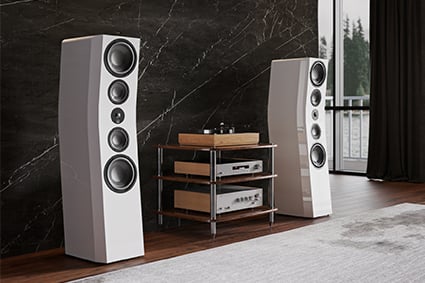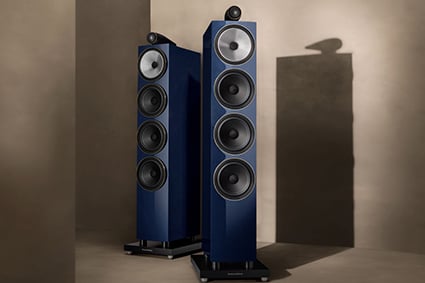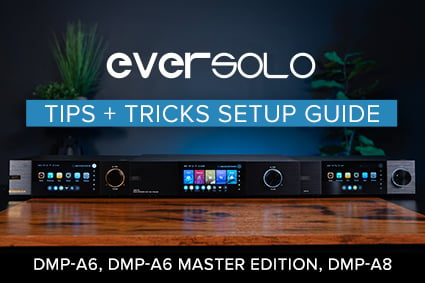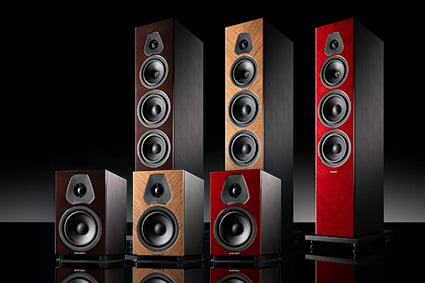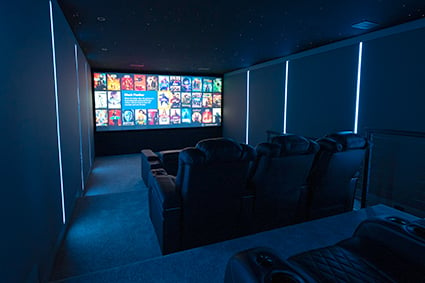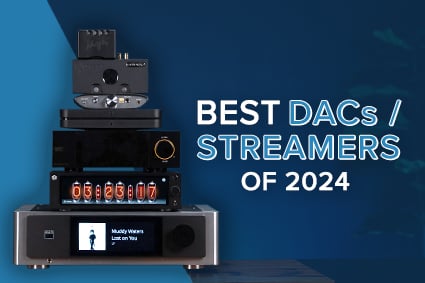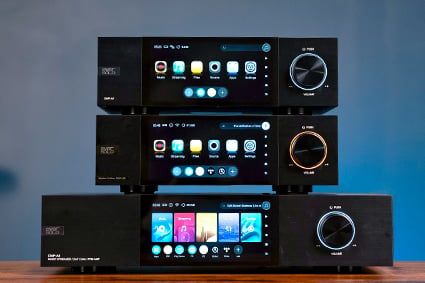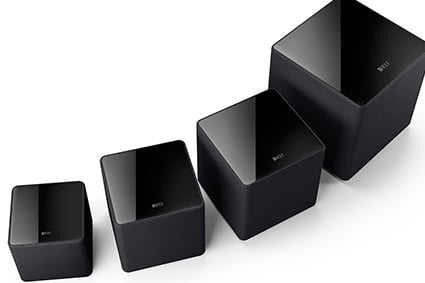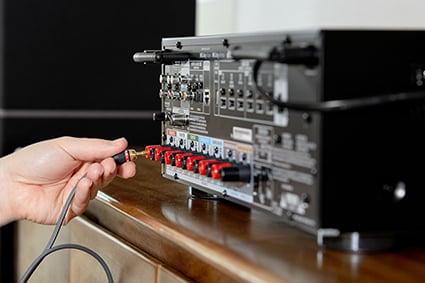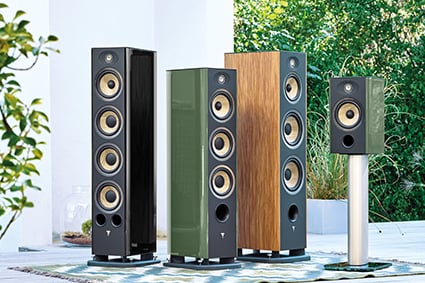Performance
We wanted to know how well these performed on phone calls and in noisy environments. We used them in a variety of scenarios like riding in the car, crossing a busy street, and at the office. Since audio quality is something that’s typically overlooked in most wireless noise-cancelling headphones, we also listened to a lot of different types of music to get a good sense of which ones sound the best.
Music Listening Test
Now that we've had the new PX7 Carbon Edition for over a week, we’ve done a lot of listening. We even had the opportunity to take them all on a road trip that let us put each one through their paces. We did a few key listening tests including Dave Matthews' “The Best of What's Around” and Sting's “Shape of My Heart”.
First, the Bose 700s have a brighter sound signature than the others. It’s sort of a classic Bose sound with the highs and lows generally over-indexed vs the midrange. You can really hear this feature on Sting’s 1993, “Shape of My Heart.” However, since the Bose doesn't support hi-res music, we couldn't experience the full potential of the song with this headphone.
The Bowers PX 7 Carbon presents a wider soundstage and they are less bright and have slightly deeper bass. With the PX7 Carbon, you will hear a broader presentation of lower frequencies across the board. This is most obvious in tracks where there are a lot of instruments playing all at once with many frequencies being represented. Dave Matthews 1994 “The Best of What’s Around,” will let you hear this natural presentation of details across a broader spectrum of frequencies.
The Sony WH-1000XM4's low-end is full and well-defined, the midrange is warm and punchy, and the highs are exciting. Overall, the Sony XM4 is fun to listen to, and it works well on almost any Top 40 song where there’s good bottom-end weight. It really shines the most on modern Pop, Hip Hop, and Dance music, so if that’s your thing, this headphone will work well for you. The low-end energy came alive during Fall Out Boy’s “Alone Together,” which was recorded in 2013 on the band’s fifth studio album “Save Rock and Roll.”
We have to say — we found the Bose Bluetooth connection difficult. There were several times that it just did not connect correctly, and we had to remove it and reconnect. We have not had this problem with the Bowers or Sony.
B&W utilized the same engineers for the PX7 Carbon Edition as the ones behind their prestigious 800 Series Diamond speakers used in Abbey Road Studios. If you leave all of the settings neutral across all of the headphones in this comparison, we think the B&Ws are just a touch closer to matching the original source material and depth of bass.














